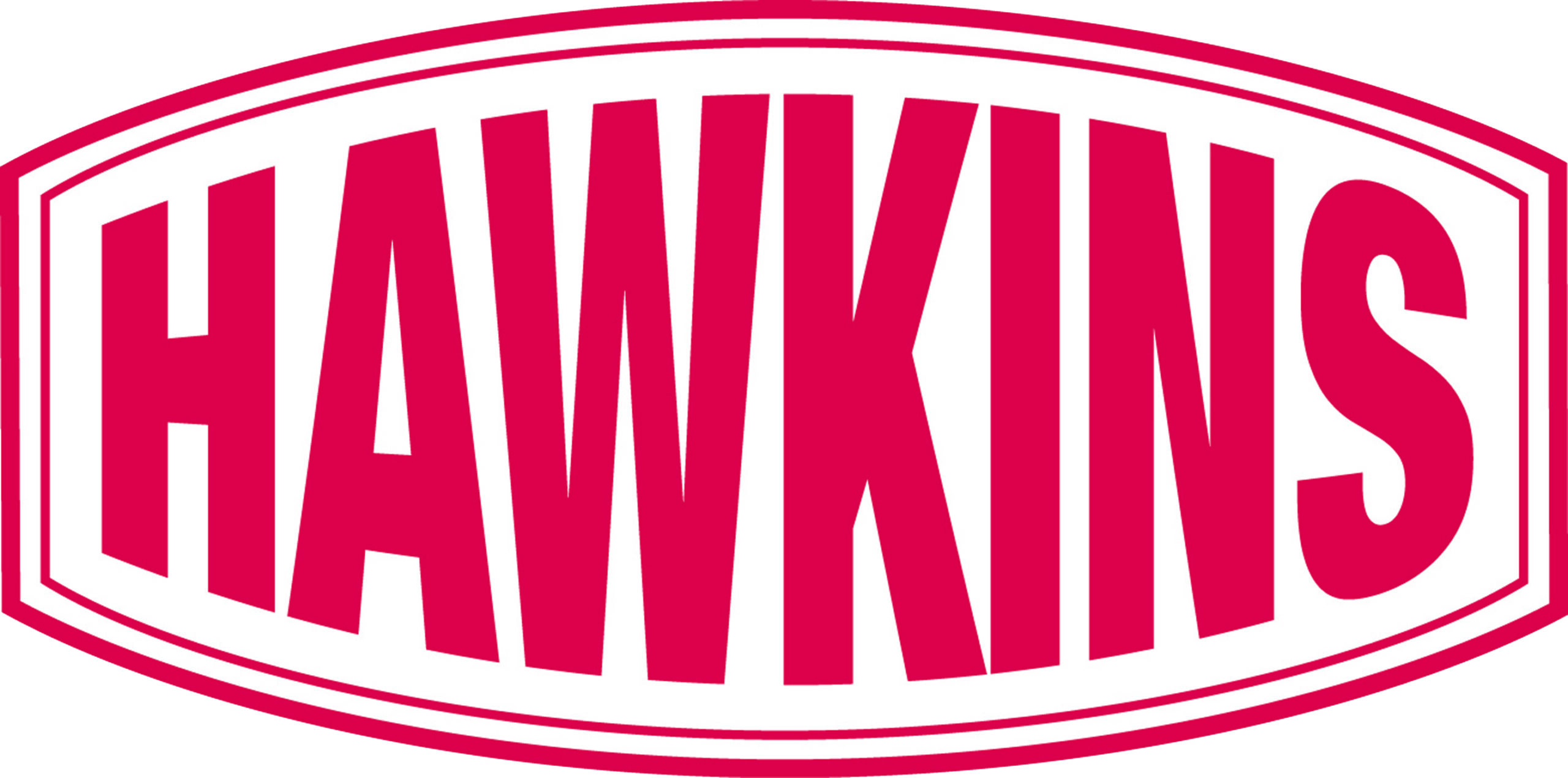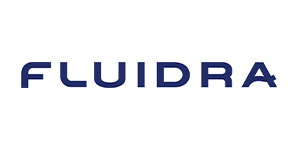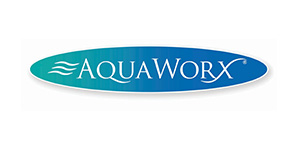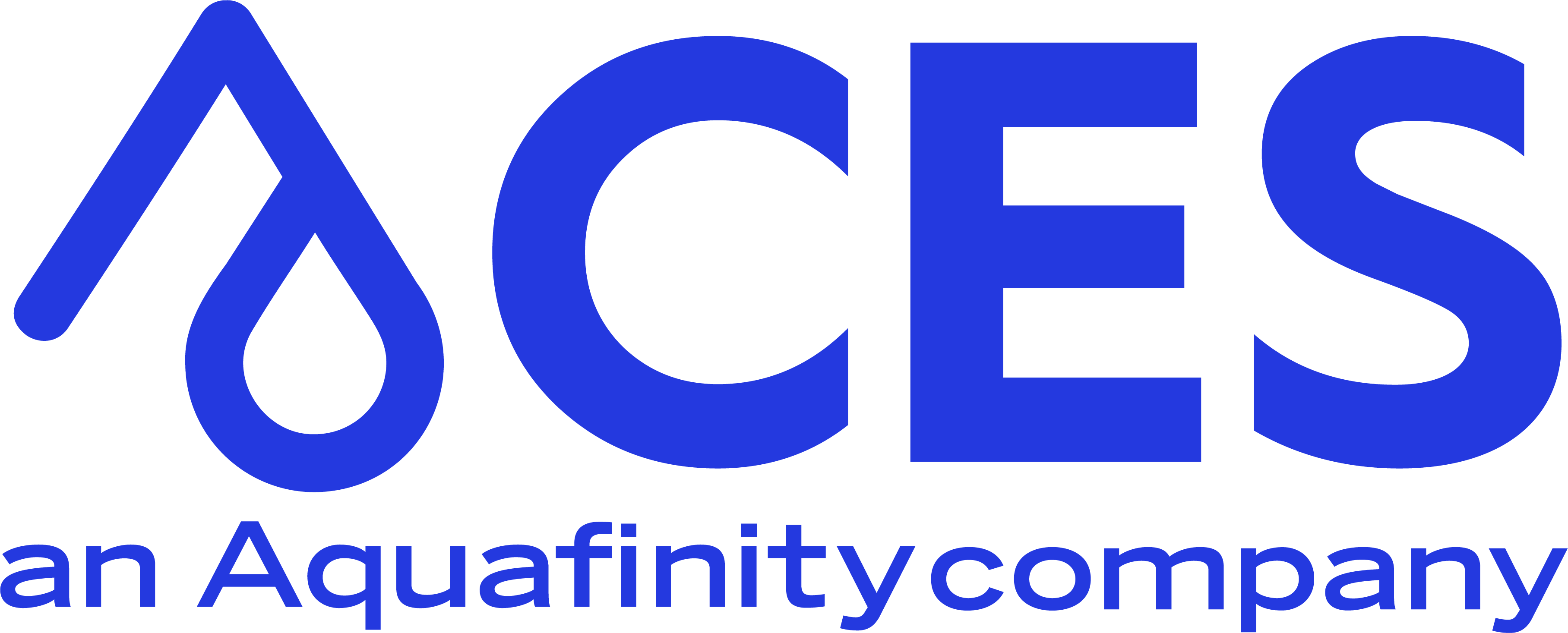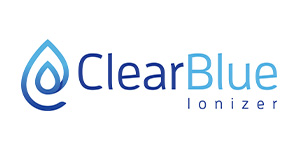Florida’s insurance regulator has called for a further decrease to proposed workers’ compensation insurance rates in response to a filing by the National Council on Compensation Insurance.
In an order issued October 30, Florida Insurance Commissioner David Altmaier said the recent filed proposal for an average 5.7% decrease needed to be amended to a larger average decrease of 6.6% to be approved. NCCI has subsequently approved of the 6.6% filed by the State of Florida.
Altmaier’s order disapproved the inclusion of large deductible coverage from two NCCI financial calls, saying that NCCI indicated in its testimony at a public hearing that the use of large deductible coverage data imposes a cost on carriers “but does not have a significant impact on the credibility or predictive value of the filing’s aggregate indication. NCCI agreed that this data should be eliminated from the filing’s aggregate indication.”
The order also noted that filing does not include claims from COVID-19, as potential impact of the coronavirus on the workers’ compensation system is in the beginning stages.
“NCCI is gathering information and conducting research to gauge the pandemic’s impact on claim frequency, severity, and duration, but has not yet assessed its impact on future rate levels,” the order states.
As approved by the Florida Office or Insurance Regulation (OIR), the revised average rate decrease becomes effective on January 1, 2021, for new and renewal business.
The history of Florida rates over the past several years is below. In 2003 there were major reforms passed to the Florida workers’ compensation system. The 2003 column below represents the high-water mark for the rates. Most of the rates bottomed out in 2010 (the second column) and the most recent two years, both rate reductions, are to the right.

As you can see, the big percentage winner was class code 5223, swimming pool construction! Please note that as the rates come down the tendency is for the individual Experience Modification factors (for those of you who have one) to increase thus diluting, ever so slightly, the rate reduction.
This decrease marks the fifth for Florida since 2016, when two separate Florida Supreme Court decisions led to a significant rate increase and much anticipation that rates would continue rising soon. Those decisions, Westphal v. City of St. Petersburg and Castellanos v. Next Door Company, “resulted in changes to the Florida workers’ compensation landscape” by undoing a primary cost-reduction component of reforms passed by Florida lawmakers in 2003. The initial response was a steep 14.5% rate increase for 2017.
NCCI was ordered by the Florida OIR in 2017 to begin assessing the market impact of Castellanos, which has been considered the main driver of concern and accounted for most of the 2017 rate increase. In that case the Florida Supreme Court found the state’s mandatory attorney fee schedule unconstitutional as a violation of due process under both the Florida and United States Constitutions.
However, other factors now appear to be impacting rates positively. NCCI’s rate explanation for 2021 noted that carrier loss ratio results are improving over time, which is consistent with the “very favorable workers’ compensation industry results countrywide over this period.” Nationally, the workers’ compensation system is experiencing unprecedented results, NCCI said. The combination of underwriting discipline, moderating severity, declining frequency, and adequate reserves has resulted in six straight years of combined ratios under 100%. Claims frequency has been on a downward path thanks to technology, safer workplaces, improved risk management, and a long-term shift from manufacturing to service sectors, NCCI said.
Last year, OIR disapproved NCCI’s statewide average rate decrease of 5.4% and instead required NCCI resubmit the filing for a 7.5% rate decrease for new and renewal policies taking effect January 1, 2020. The regulator said that given NCCI’s assertion that claim frequency is declining for workers’ compensation in Florida and nationwide and that is expected to continue, NCCI’s ranges appeared to be “unreasonable.”
OIR also said at the time that more quantitative analysis needed to be conducted “to determine the effect the Castellanos decision is having on the Florida workers’ compensation market and the data used to support future rate filings.”
NCCI’s assessment on the Florida’s workers’ compensation marketplace for the 2021 rate filing included reviewing insurance company feedback from the state’s largest workers’ compensation writers that report financial data to NCCI, the change in claimant attorney fees and the change in loss ratios that have occurred since the Castellanos decision.
Carrier feedback was largely unchanged from last year, NCCI noted, with most carriers saying they experienced cost increases after the 2016 decision, particularly for claimant attorney fees. Carriers reported that litigated claims generally take longer to close and are costlier when compared to non-litigated claims.
“Some carriers reported that litigated claims now represent a relatively larger portion of their book of business versus their experience prior to the Castellanos decision,” NCCI said.
At the same time, NCCI said there has been a marked increase in valuation dates for attorney fees from before and after Castellanos, which is supported by data from the Florida Division of Administrative Hearings (DOAH). That data shows claimant attorney fee percentages through June 2020 have increased from 13% prior to the decision to more than 20% in recent years.
NCCI noted carrier indemnity paid loss ratios are worsening over time when looking at a single year, with Castellanos likely contributing to this pattern. However, when looking across years, results are improving over time.
“The combination of two counteracting impacts has contributed to the current state of the Florida workers’ compensation system. To date, the especially favorable workers’ compensation industry results observed across the country have more than offset the observed cost increases associated with the Castellanos decision,” NCCI said.
In summary, while attorney involvement has increased since 2016 other decreases in the overall cost of workers’ compensation claims have reduced over the same period of time.












